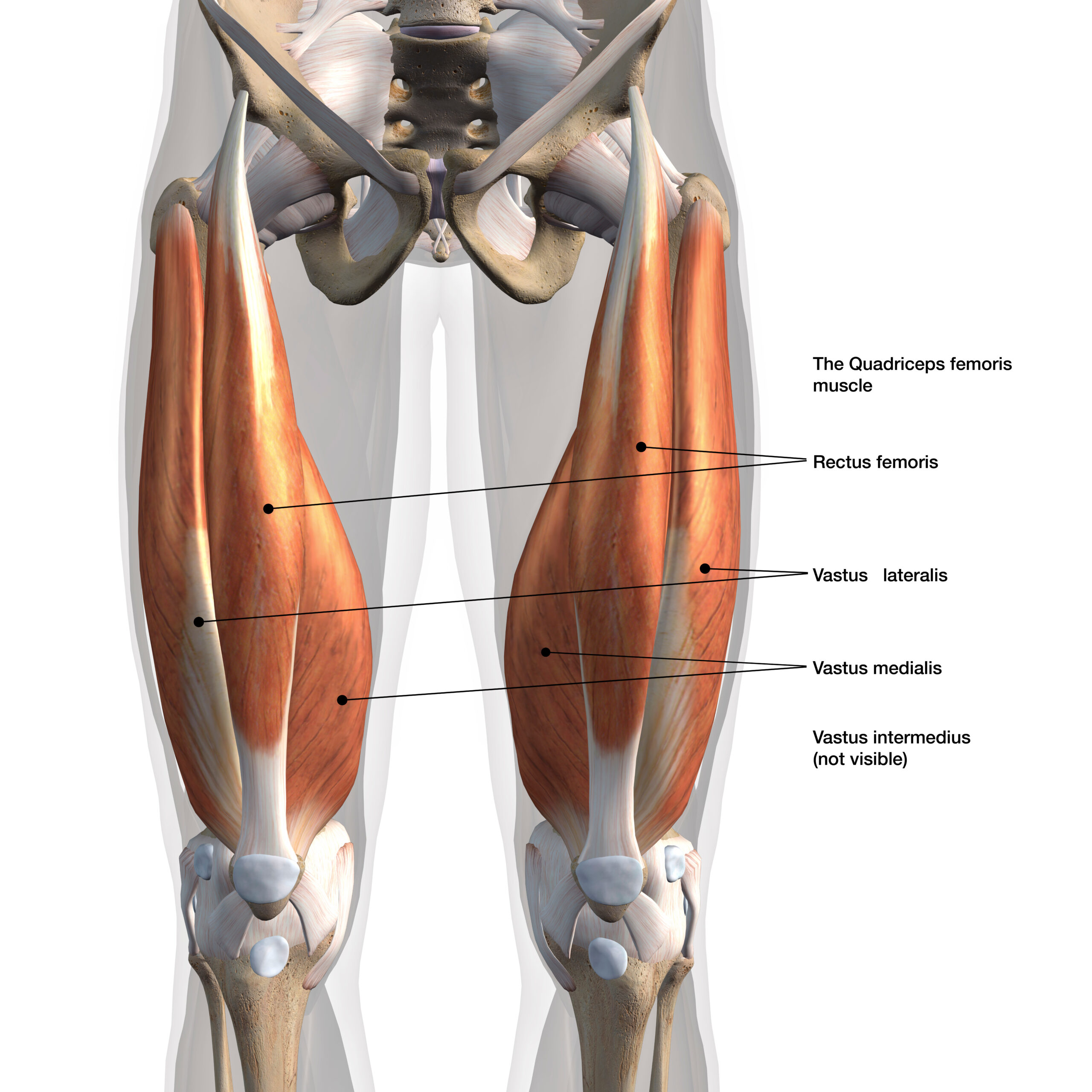



The human body is full of surprises, and the cadaver labs consistently reveal just how much we have yet to learn.
We are typically taught that the quadriceps consist of four muscles—hence the name “quad.” However, there are fascinating cases where individuals have five or even six quadriceps muscles. Yes, six!
The human body is a marvel of complexity, and those of us passionate about understanding it are always eager to explore these anomalies. Discovering these additional muscles can deepen our comprehension of movement and anatomy.
Through my research on these extra quadriceps, I’ve learned that these muscles, which might more accurately be called “sexticeps,” can play unique roles in movement.
Definition: This muscle tenses the aponeurosis (a type of fascia) of the vastus intermedius and medially rotates the action of the muscle.
Function: It may act as a second tensor in addition to the tensor fascia lata (TFL), suggesting it assists the TFL by tensing a similar area rather than contracting as an agonist.

Definition: This muscle is not thought to act independently. It retracts the suprapatellar bursa during knee extension, preventing impingement between the patella and femur.
Function: It coordinates the movement of the suprapatellar bursa during knee flexion and extension and contributes to proprioception. However, studies question its capability based on its structure.

So, what does it mean if someone has a fifth or sixth quadriceps muscle? Could this anatomical variation provide an advantage or pose a disadvantage? How might it affect movement?
While I don’t have definitive answers, these questions open the door to intriguing discussions. I invite you to share your thoughts and join me for an inclusive conversation on anatomy and movement.
Would you like to dive deeper into anatomy and movement? Consider joining our Diploma in Biomechanics Coaching.
Contact Us:
Email: rachel@biomechanicseducation.com
Phone: 020 3841 6151
Let’s explore the fascinating complexities of the human body together!